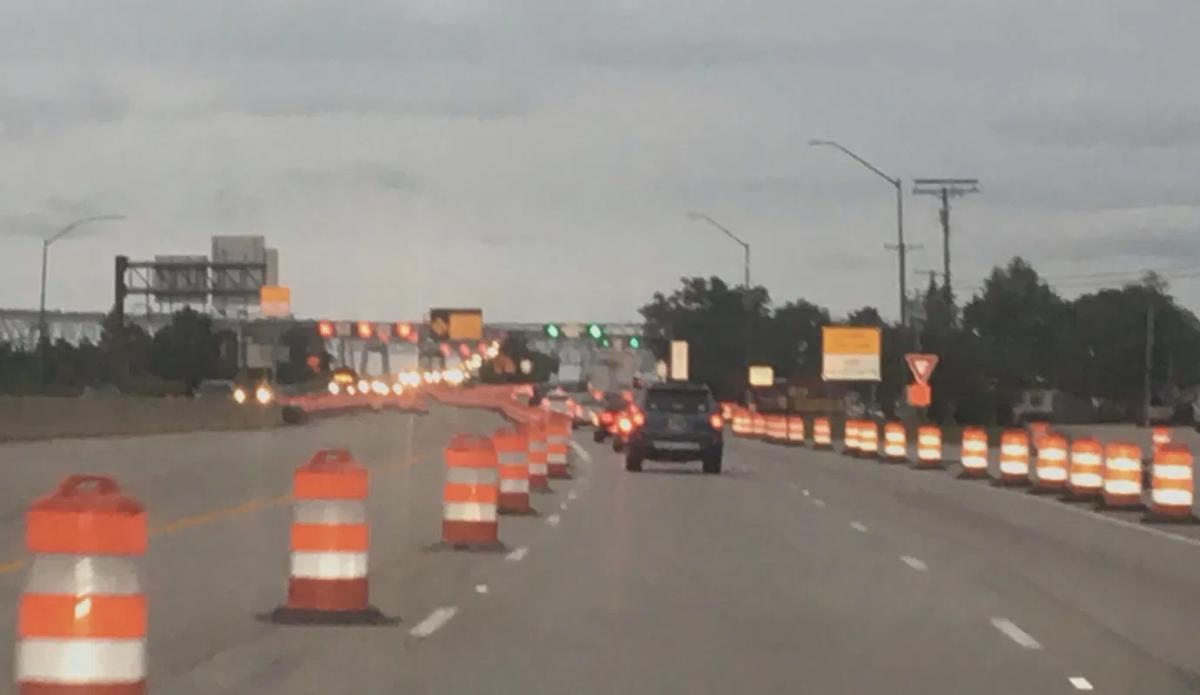Maryland stopped accepting cash at its toll plazas in mid-March, when Gov. Lawrence J. Hogan Jr. (R) pulled toll-takers off the job in response to the COVID-19 pandemic.
At the time, the Maryland Transportation Authority said it would stop accepting cash “until further notice.”
On Thursday, the governor made the switchover permanent, announcing that the state will become the fifth in the nation to go all-cashless.
In a news release, Hogan said the change will save motorists time and money.
“By combining innovation, safety, and savings, this truly is a win-win for the state government and for everyone who travels in our great state,” he said.
The announcement means even after the pandemic passes, toll-takers will not be returning to the Fort McHenry Tunnel, the Baltimore Harbor Tunnel, the I-95 toll facility in Cecil County, or the Nice/Middleton Bridge along U.S. 301 in southern Maryland.
The switch means drivers will have two options — register for an E-ZPass account or go through the toll facility without a transponder and get a bill in the mail, which the state calls “video tolling.”
Because cash hasn’t been an option in nearly six months, Thursday’s announcement will likely go unnoticed for the majority of Maryland motorists.
But for people who use toll routes sparingly and for out-of-state motorists, there may be confusion, because toll plazas will remain in place until the MdTA can replace them with toll gantries, the overhead devices that scan for a vehicle’s E-ZPass transponder.
It is not uncommon, for example, to see drivers approaching the Bay Bridge from the Annapolis area tap the brakes out of habit, even though the toll plazas on the western shore have been replaced by toll gantries east of the span.
Transportation officials have two messages for the public — get an E-ZPass account if you don’t already have one, and when you approach a toll plaza, keep moving. There is no one behind the glass to take your money.
“Since March 17, when we went to the all-electronic tolling, we have had this type of messaging on the overhead dynamic message signs along the interstates,” said Kelly Melhem, director of communications for the authority. “There are signs telling motorists to keep moving, you will receive a bill in the mail.”
Electronic toll collection systems were developed two decades ago, and most states utilize one. But only four — Massachusetts, Colorado, Pennsylvania and Washington State — have done what Maryland has done.
Some motorists believe electronic collection systems represent a form of government surveillance of their travel. In addition, thousands of workers have lost their jobs to technology.
Media reports on the trend often profile toll-takers who said they enjoyed interacting with customers, providing directions, offering motel and restaurant information, and getting to know regular commuters by name.
But proponents of technology say it makes no sense for cars to be queuing up to pay a toll, wasting gas and fouling the air in the process. Safety advocates say it’s unwise to have cars that have E-ZPass zipping past traffic that has come to a complete stop.
States that have transitioned away from cash tolling have saved millions of dollars in salaries and benefits.
In addition to E-ZPass and video tolling, Maryland plans to roll out a third option, Pay-By-Plate, in late summer. Motorists who sign up for Pay-By-Plate will register their credit card with the state for the tolls they incur.
Toll rates in Maryland vary based on the payment system drivers choose.
To pay the lowest possible toll, motorists must use E-ZPass, the state’s preferred system. Customers who use Pay-By-Plate, the middle-priced option, will save at least 20% off video tolling, which is the most expensive option.
By Bruce DePuyt

